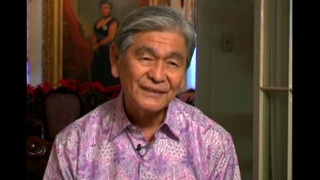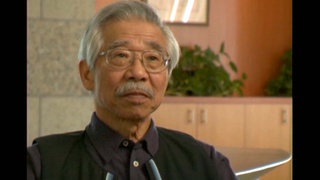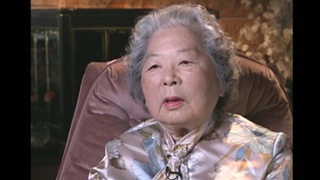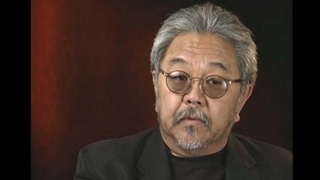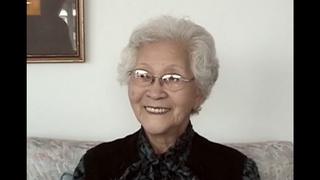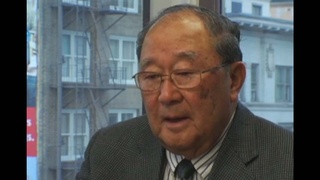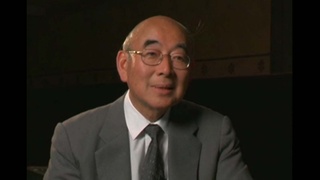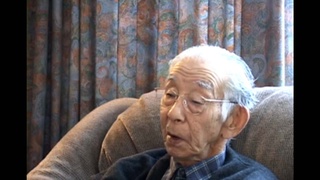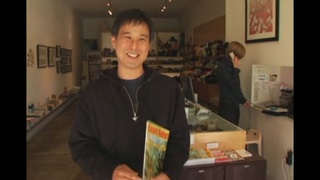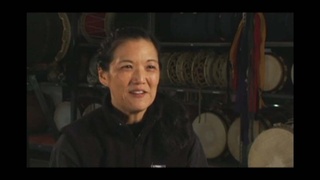Interviews
Emergence of Graphics in Gidra
There was a Saturday school where some pretty famous African American artists used to have this class where they would teach kids who didn’t have the opportunity to go to art school, art, who had some talent, and they would meet every Saturday. And these kids came from all over and many of the kids that graduated that, the Japanese American kids, or the Asian American kids, came to Gidra, because we knew them or they also got affected by wanting to be a part of the change.
So they wanted to use their art to make change and then Gidra was a good opportunity because it was a vehicle, a publication where they could contribute and those people brought, a sensibility that really changed the paper. I think if you look at it issue by issue you can see how much of a change, when those guys kind of got involved in it because then we had the tools to do that, to make ideas illustrated in a way that many people could understand it.
Date: September 28, 2011
Location: California, US
Interviewer: Kris Kuromitsu, John Esaki
Contributed by: Watase Media Arts Center, Japanese American National Museum

